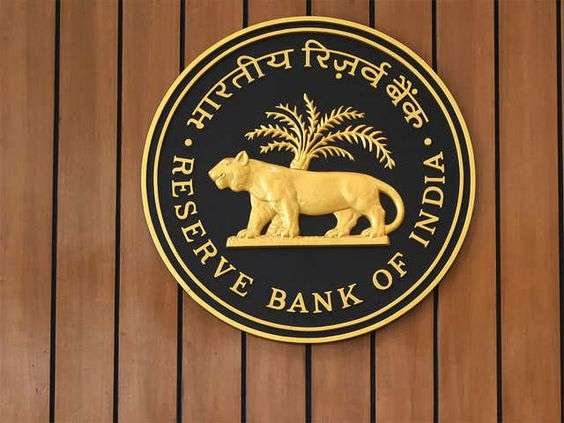Enhancing Financial Transparency: RBI’s Guidelines on AIF Investments in Response to Evergreening Concerns
Introduction:
The Reserve Bank of India (RBI) has recently implemented stringent guidelines aimed at curbing potential risks associated with the Alternative Investment Fund (AIF) route, particularly in response to concerns raised by the Securities and Exchange Board of India (SEBI) last November. This move comes as a proactive step to address instances of non-bank financiers engaging in loan evergreening through AIFs.
Background:
In November of the previous year, SEBI flagged instances where non-bank financiers were utilizing the AIF route for evergreening loans. Evergreening, a practice where financial institutions artificially maintain the health of their portfolios by extending new credit to struggling borrowers, has been a cause for concern globally. The tactic allows banks and non-banking financial companies (NBFCs) to display a lower percentage of non-performing assets (NPAs) in their financial statements.
RBI’s Response:
In response to the raised alarms, the RBI has issued comprehensive guidelines applicable to all regulated entities, including banks and NBFCs. These guidelines explicitly prohibit investments in AIFs that have invested in a borrower or investee of the lending entity. The move is a strategic measure to curb the potential misuse of AIFs for masking the true health of a lender’s loan portfolio.
Key Highlights of the Guidelines:
- Avoidance of AIF Investments Linked to Borrowers: Regulated entities, comprising both banks and NBFCs, are now prohibited from making investments in AIFs that have direct links to borrowers or investees of the lender.
- Addressing Evergreening Concerns: The guidelines directly address concerns related to evergreening through the AIF route. By disallowing investments in AIFs connected to borrowers, RBI aims to ensure transparency in the reporting of non-performing assets.
- Proactive Risk Mitigation: The RBI’s move is seen as a proactive measure to mitigate potential risks and uphold the integrity of financial reporting. By preventing institutions from engaging in such financial engineering, the guidelines contribute to a more accurate representation of a lender’s financial health.
Conclusion:
The RBI’s recent guidelines represent a decisive step in safeguarding the financial sector from potential risks associated with AIF investments. By explicitly prohibiting regulated entities from investing in AIFs connected to borrowers or investees, the RBI aims to fortify the transparency and reliability of financial reporting. This move is likely to contribute to the overall stability and resilience of the Indian banking and financial system. As the regulatory landscape evolves, institutions will need to adapt to these changes to ensure compliance and maintain the trust of stakeholders and the broader financial community.

